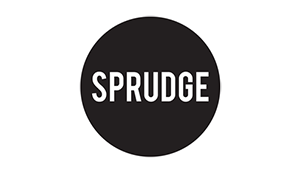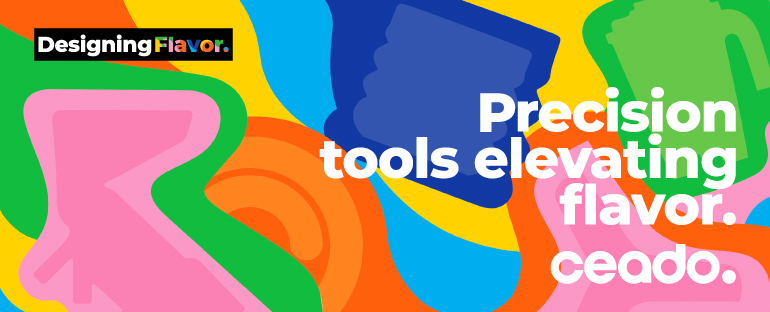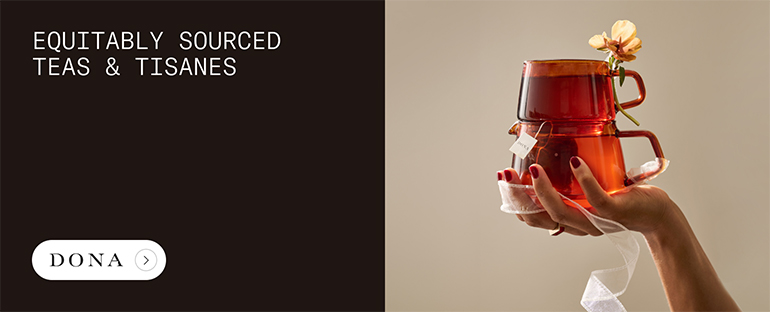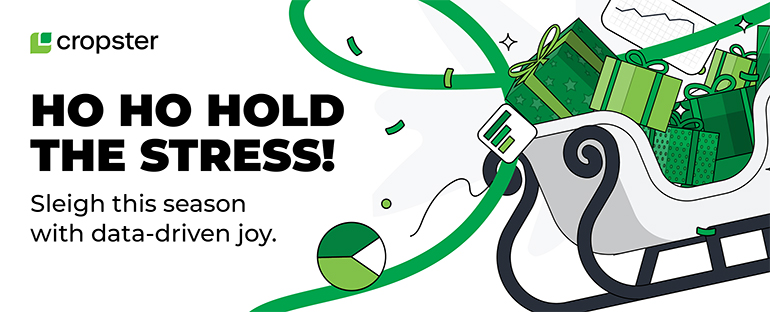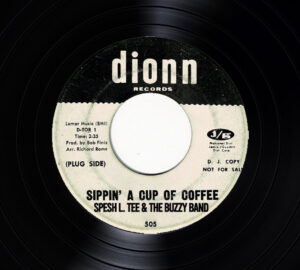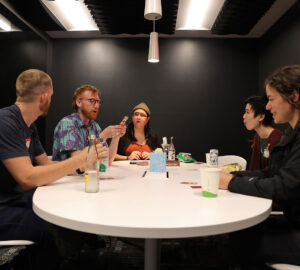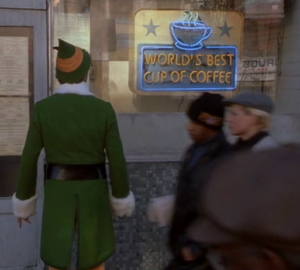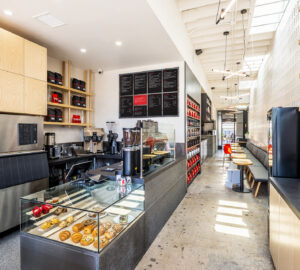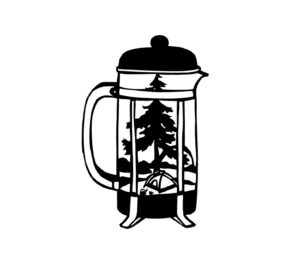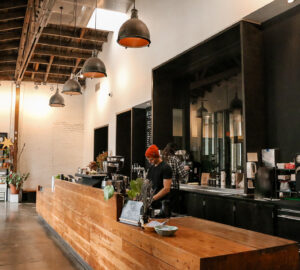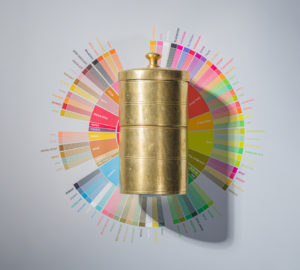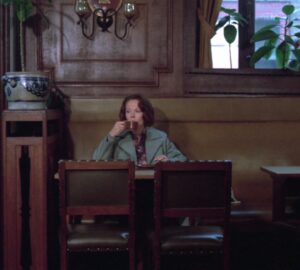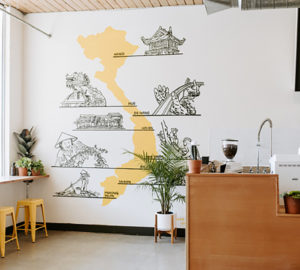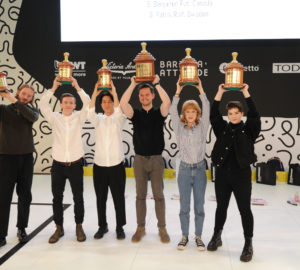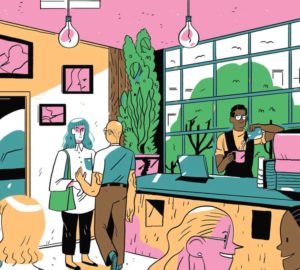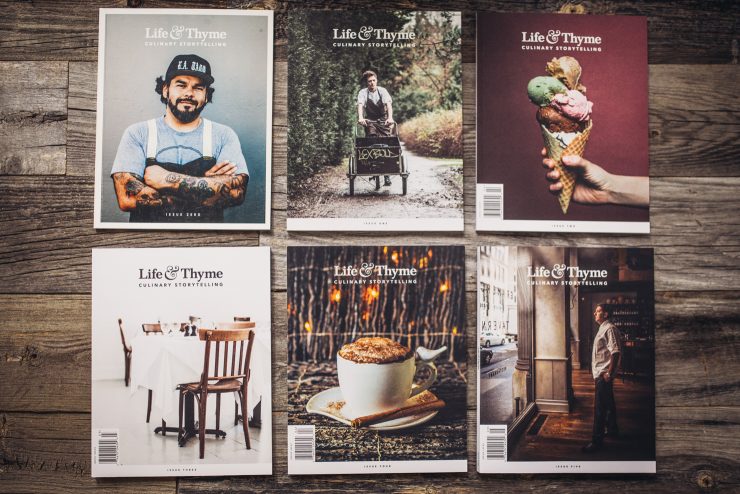
Antonio Diaz is the LA-based founder of Life & Thyme, a publication dedicated to “culinary storytelling” from different food cultures around the world. Founded as a web publication in 2012, Life & Thyme made the leap to print in 2015, and is today a much-loved member of the New Los Angeles cultural scene.
Diaz, a survivor of the San Francisco tech world, is a coffee enthusiast and cafe regular at bars across Los Angeles. At Life & Thyme, coffee is “our main source of fuel,” says Diaz, who is a passionate advocate for the virtues of cross-cultural collaboration between the worlds of coffee & food. “When like-minded communities intersect, it’s a win/win situation for everyone.”
Sprudge co-founder Jordan Michelman spoke with Antonio Diaz electronically from Los Angeles.

Talk to me a little bit about the founding of Life & Thyme—where were you at professionally when the site started, and what was its founding impetus?
My background is in interactive design and prior to Life & Thyme, I had co-founded a creative agency focused on helping tech startups in San Francisco. I was constantly surrounded by talented creatives and understood how to work with them, speak their language, and learn from them.
In 2012, two things began to happen: I was becoming increasingly interested in food (and coffee!) culture and I was starting to get burnt out churning out websites and mobile designs for tech companies. I wanted to meet people that were doing amazing things and hear a few good stories to understand food better on a more global scale. But I just couldn’t relate to the majority of food media out there and felt like I could just learn what I wanted by doing what I was looking for. So I riled up a few of my creative friends and we began documenting the places we were eating at, meeting the people behind them, and telling their stories.
And then Life & Thyme was born.
It began to grow, gain traction, and the act of documenting became like an addiction. I resigned from the company I had co-founded, and dedicated my entire life (and continue to do so) in building this new media company around food and storytelling. The ironic thing is that most of us do not come from a background in food, which allows our minds to be more curious and not hold any preconceived biases.
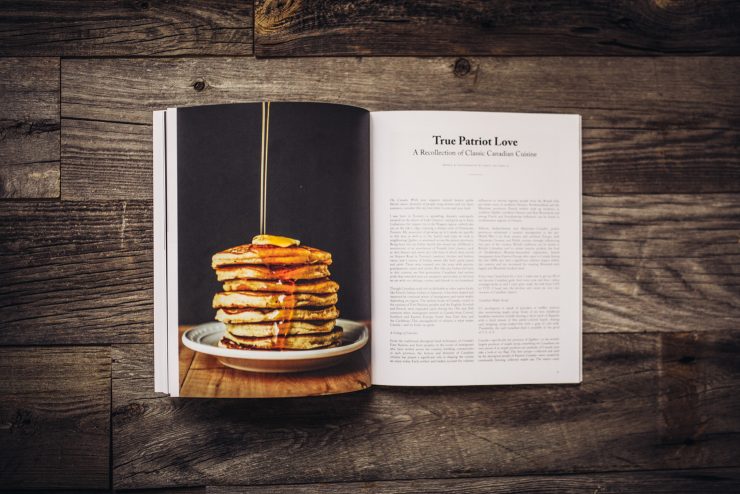
Life & Thyme “documents food culture with an editorial sensibility”, as per your About page—can you expand on that ethos for our readers a bit?
Now, I’m not one to judge what others might prefer, so I can only speak to our own ideology, but to have an understanding of what food culture looks like from culture to culture, region to region, it’s a very complex thing. It won’t be defined with restaurant reviews, trendy dishes, top 10 lists, or recipes; it’s going to be defined with taking the time to develop stories about people, where they came from, and what makes them human. Whether we’re documenting food, coffee, or a drink, we care less about the end product, and more about who was behind it and how that links back to what makes people tick. Once we have that, it’s our job (or the author’s job) to develop a coherent story that humanizes what we’re after and ultimately, what we’re trying to say about our subjects. At our core, we are documenting others but we have a very specific perspective on how we present those stories to the world through words, photography, or filmmaking.
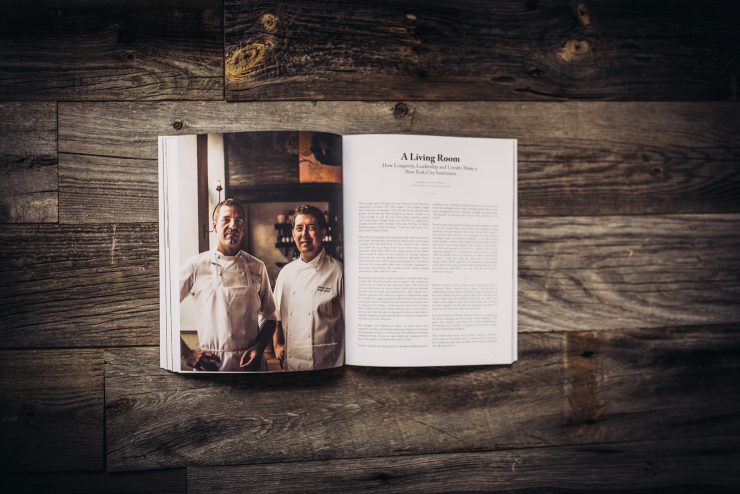
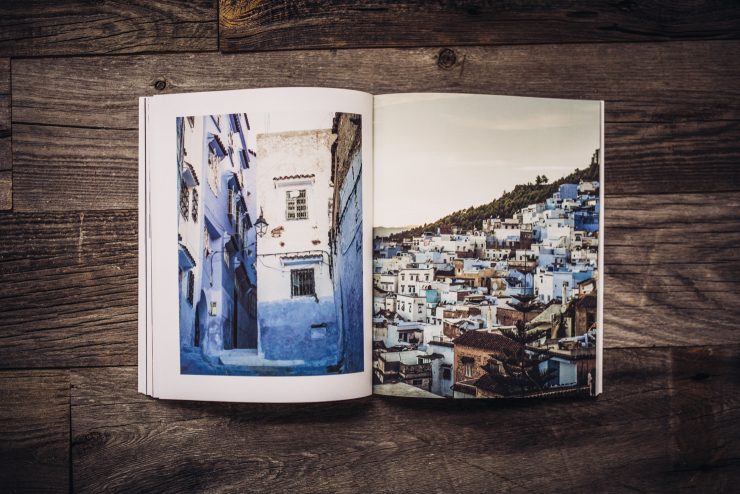
Talk to me about the jump from web to print for Life & Thyme. Has it changed how you publish online? Has it changed how you pursue stories and what kind of stories you get to tell?
The jump to print has been one of the most challenging endeavours I have ever embarked on. It’s a massive mountain to climb. Distribution is much more complex than simple page views and the schedule to produce an issue every quarter is something I didn’t anticipate being so intense. I didn’t come from the publishing industry, so we had to learn by doing, making mistakes, and winging it. We just wrapped up issue five, but every issue we get better and we continue to learn to navigate this new wild west of publishing.
It’s funny what happens when you begin publishing something in print. Everybody wants to be in print. Our subjects, our contributors, sponsors—everyone seems to value print more than a website. But each issue is very finite, thematic, and limited to a very certain number of stories and locations. That being said, we try to publish a variety of content that makes sense for each platform. Web content might be slightly quicker reads, lots of photography, and big emphasis on producing cinematic short films. The print magazine might hold bigger and longer stories that requires a bit of time investment to get through them all. We are also very selective of which contributors get to document print stories and are often some of our strongest writers or photographers. The website is a great way for new contributors to get their feet wet and so we can get to know them. Our community is everything, so we’re constantly collaborating with new contributors and seeing how we can involve them in different facets of our platform.
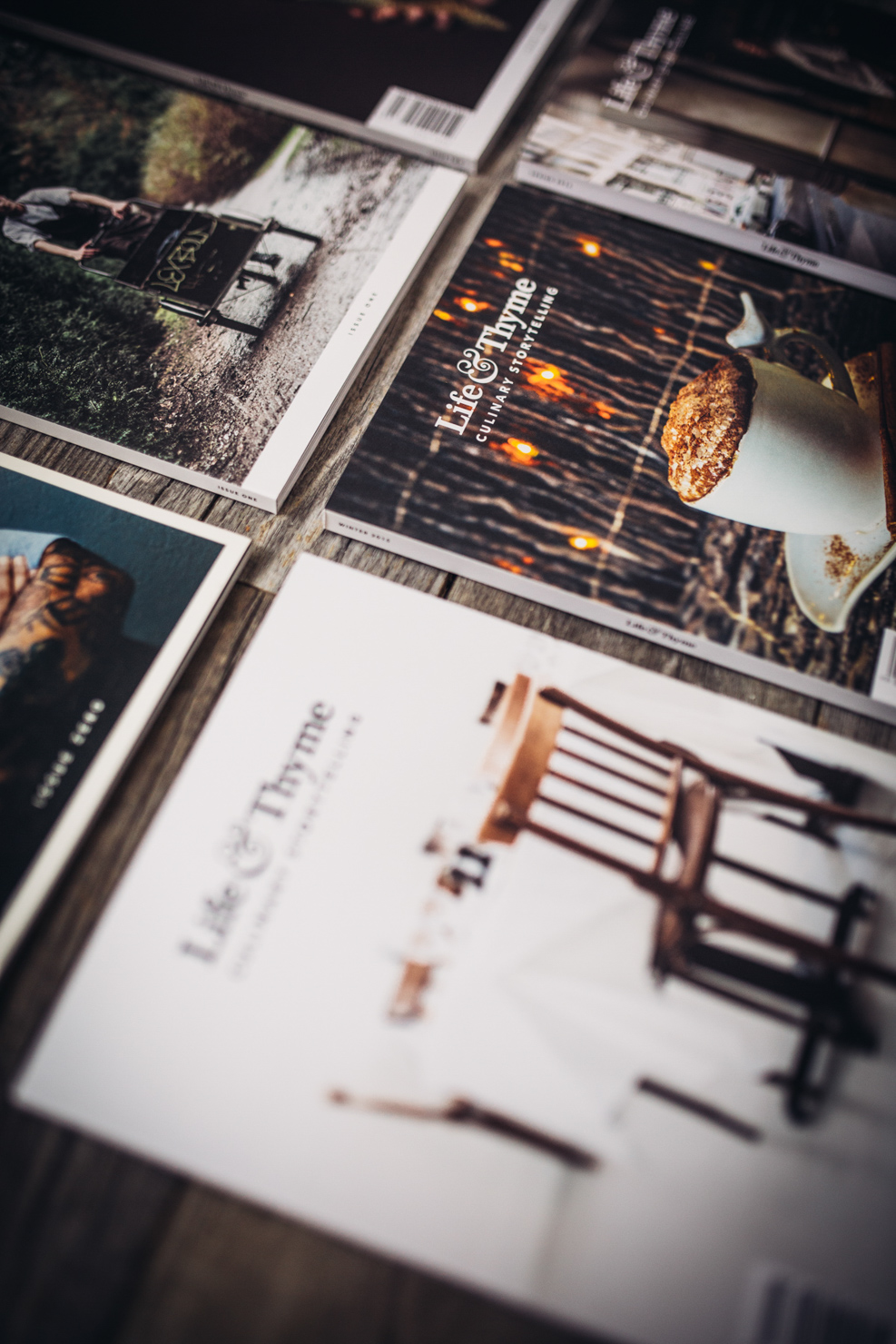
Where does coffee fit into your editorial purview at Life & Thyme? What coffee stories have you told that you’re particularly proud of?
Coffee is huge for us. Aside from being our main source of fuel, our community, especially in Los Angeles, has been built by integrating ourselves into coffee shop culture. Digital communities are great, but cultivating relationships in person isn’t as scalable but are far more meaningful. The “coffee shop” is a natural congregation point where micro-communities are formed. From the beginning, we felt it was important to not only meet people at coffee shops but to meet the people behind the coffee shops and form partnerships or events alongside their ideals. When like-minded communities intersect, it’s a win/win situation for everyone.
We have a whole coffee culture section on our website, but I must say the story I am most proud of is the one for Handsome Coffee Roasters (RIP), one of the first short films we’ve ever worked on. Their cafe in the Arts District of LA was something special and I am glad we have this short film as a memento of this particular time in LA history. It was also the start of the cinematic aesthetic and form of visual storytelling we wanted to take our future video productions.
You’re often highlighting noted restaurants and chefs—your recent features on cocktails at Spago, for example, or this sit-down with Mario Batali—and I’m curious if coffee ever comes up in these pow-wows? Are you able to interrogate how the dining industry experiences coffee?
To be honest, I wish coffee did play a larger role in the dining experience the way wine or cocktails might. Many restaurants are collaborating with well-known specialty coffee roasters and carrying their coffee, which is great, but it usually feels like an afterthought. If wine, beer, or cocktails could be paired with specific flavors of food, there is no reason why coffee drinks can’t. Coffee can be just as nuanced, refined, and complex as wine, so I’d love to see more chefs and restaurants thinking how coffee can play a larger role in dining.
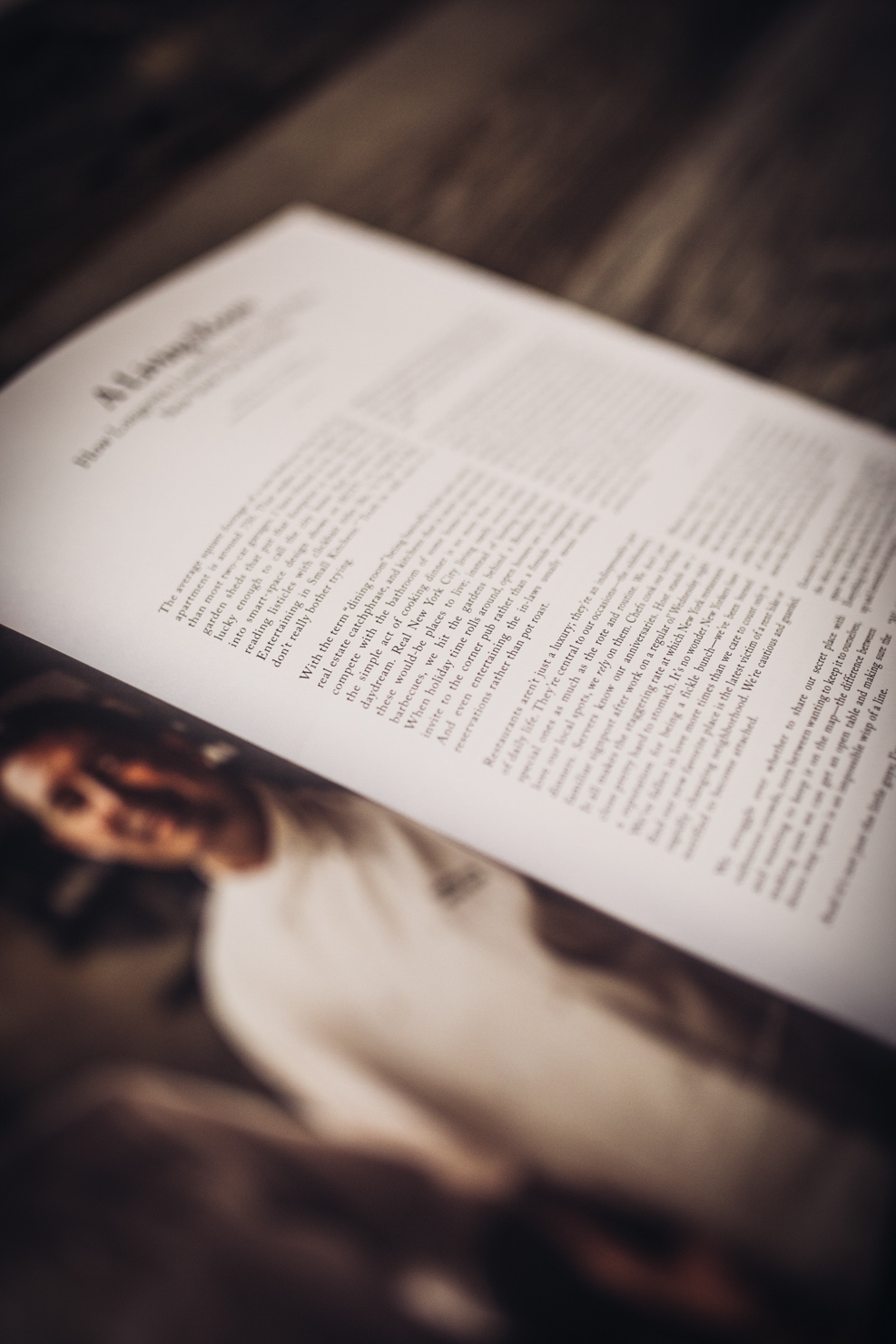
What’s your personal coffee consumption habit like? Do you brew at home, or have a particular favorite cafe, or both?
My morning ritual is to zombie on over to my electric kettle to heat up water, manually grind whatever beans I currently have on hand (it’s Stumptown this week), and then brew coffee AeroPress style. The whole process is no more than a two-and-half-minute ordeal.
I’m also bouncing from cafe to cafe for meetings and that’s when I order espresso because I am not going to make it at home. Depending where I am in LA, I do have my go-tos: Republique or Verve if I am in WeHo area, Blacktop in DTLA, or Gjusta on the westside.
If you could tell any coffee story in the world for Life & Thyme, what would it be and why?
I’d love to spend a good amount of time with an Ethiopian family that cultivates coffee plants. Not so much to understand the technicalities of how coffee is grown, but to investigate the region’s culture, struggles, political issues, to have better context of who exactly is growing our coffee, how they live, and to form a more emotional connection to the people growing the coffee. We walk into any hip coffeeshop, pick up a coffee bag, and it says a country’s name followed by 3 adjectives to describe the flavor, and then we say “Sounds good to me!” Zero context, zero emotion. I feel like there is a major lack of empathy to the people growing them in these Third World countries and one way to help solve it is through content being created for those stories to become accessible to an audience that consumes coffee.
Jordan Michelman is a co-founder and editor at Sprudge.com. Read more Jordan Michelman on Sprudge.
Photos courtesy of Antonio Diaz.
